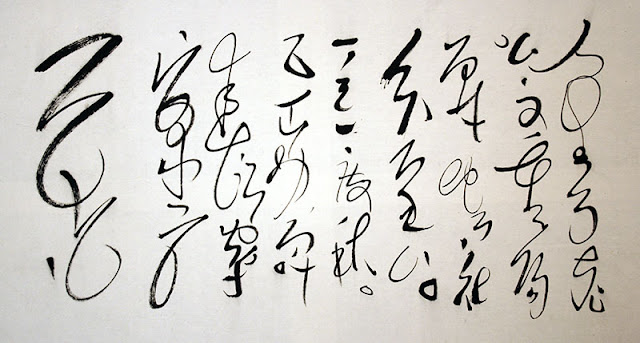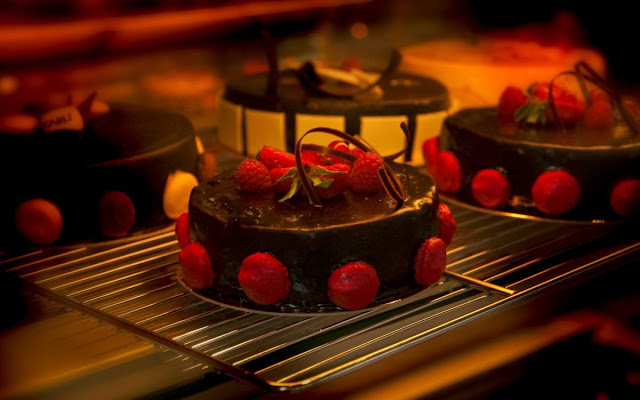Islamic calligraphyisthe
art of inscribing verses from the Holy Quran in stylish fonts. Calligraphy is
applicable to almost all scripts but the Arabic script, in particular, comes
out exceptionally beautiful in stylish fonts. Because Arabic calligraphy was
primarily developed after the advent of Islam, it is more or less synonymous
with Islamic calligraphy. In order to understand Islamic calligraphy art, it for would be beneficial to study in brief the different styles of
writing the Arabic script. Here we have listed a few prominent ones:
1. Kufic:
Among the earliest fonts in which the Holy Quran was reportedly inscribed, the
Kufic font emerged in 7th century AD in the Iraqi city of Kufa(from
where it gets its name). At the time, it is believed that the Arabic alphabet had
few or no diacritical symbols. Slowly, as non-Arabs took to Islam and were not familiar
with the language of the Muslim Holy Book, diacritical symbols were brought
into the script. The Kufic font is recongnisable by its horizontal strokes and
round characters with tiny counters.
In the 10th century, the Kufic
style began to fall into disuse for writing the Holy Quran, though it continued
to be used for decorative purposes like writing on artefacts.
2. Naskh:
This cursive style substituted Kufic as the primary font to write the text of
the Quran. Itspopularityderived from the ease it offered in both reading and
writing. It continues to be in use even today for inscribing the Glorious Quran.
It formed the basis of the modern Arabic script. Newspapers, periodicals,
official correspondence, and private letters use this font even in this day and
age.
3. Thuluth:
Thuluth, similar to Naskh, is a highly stylish fontof writing the Arabic script.
‘Thuluth’ is Arabic word for ‘one third’, that is, one-third of the letters are
straight in this font. It has quite a grand look on account of the long,
vertical lines and strokes, broad gaps and prominent dots and diacritical symbols.
These qualities make it perfect for decorative purposes and is used a lot in
wall art for buildings. The TajMahal in India, to cite an example, has Thuluth
calligraphy on its walls.
4. Nast’aliq:
This regional style was developed in Iran for non-religious purposes such as writing
court documents. The name ta'liqis Arabic for “hanging”. In this stylish font,
the letters of the alphabet slope slightly leftward, giving the script a hanging
appearance.
DiwaniJaali: This font was developed in 16th
century AD during rule of the Ottomon sultans in Turkey and surrounding areas. It
is ahighly decorative and intricate font – the letters are slanted, and the slim
spaces between them are filled with decorative dots. The DiwaniJaali font is not
very legible and was thus used for writing the confidential papers of the ‘diwan’
or royal court. These days, its sublime ornateness makes it perfect for Islamic calligraphy. Now that we have an idea about Arabic fonts, it would be
easy for us to make a decision when buying Islamiccalligraphy
art.











No comments:
Post a Comment